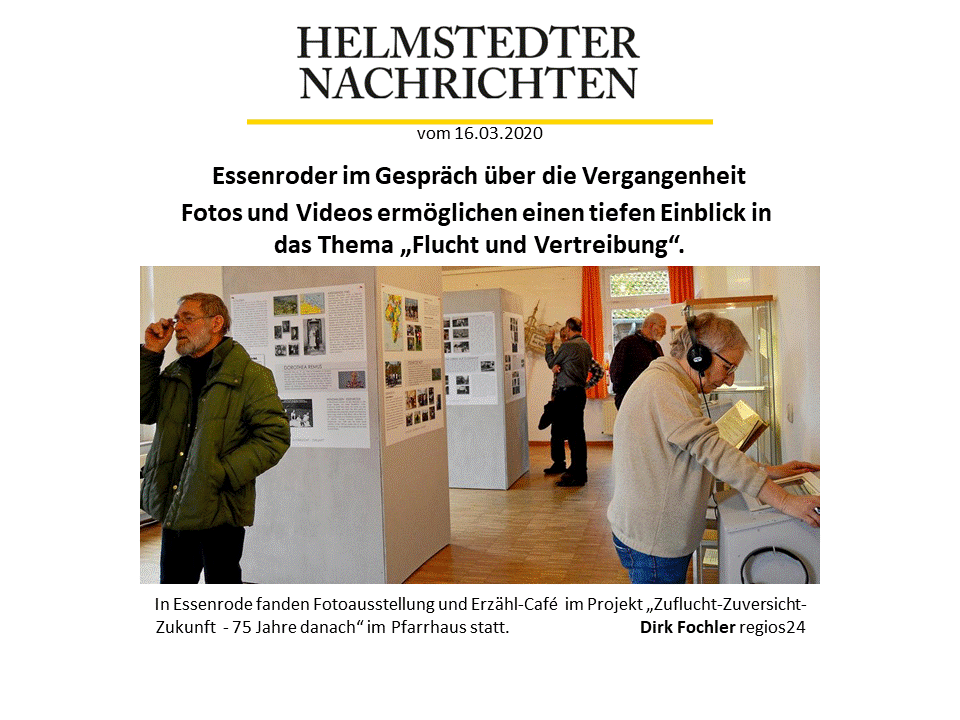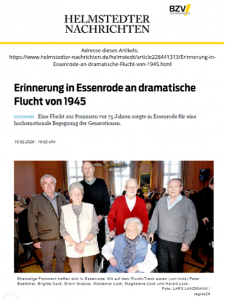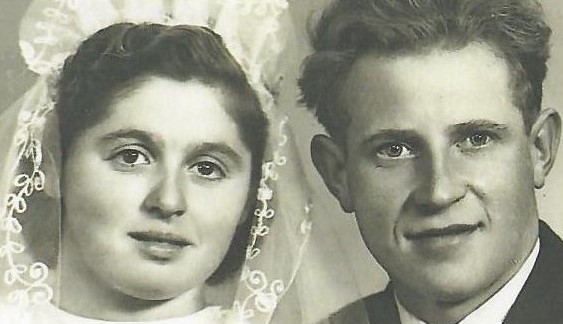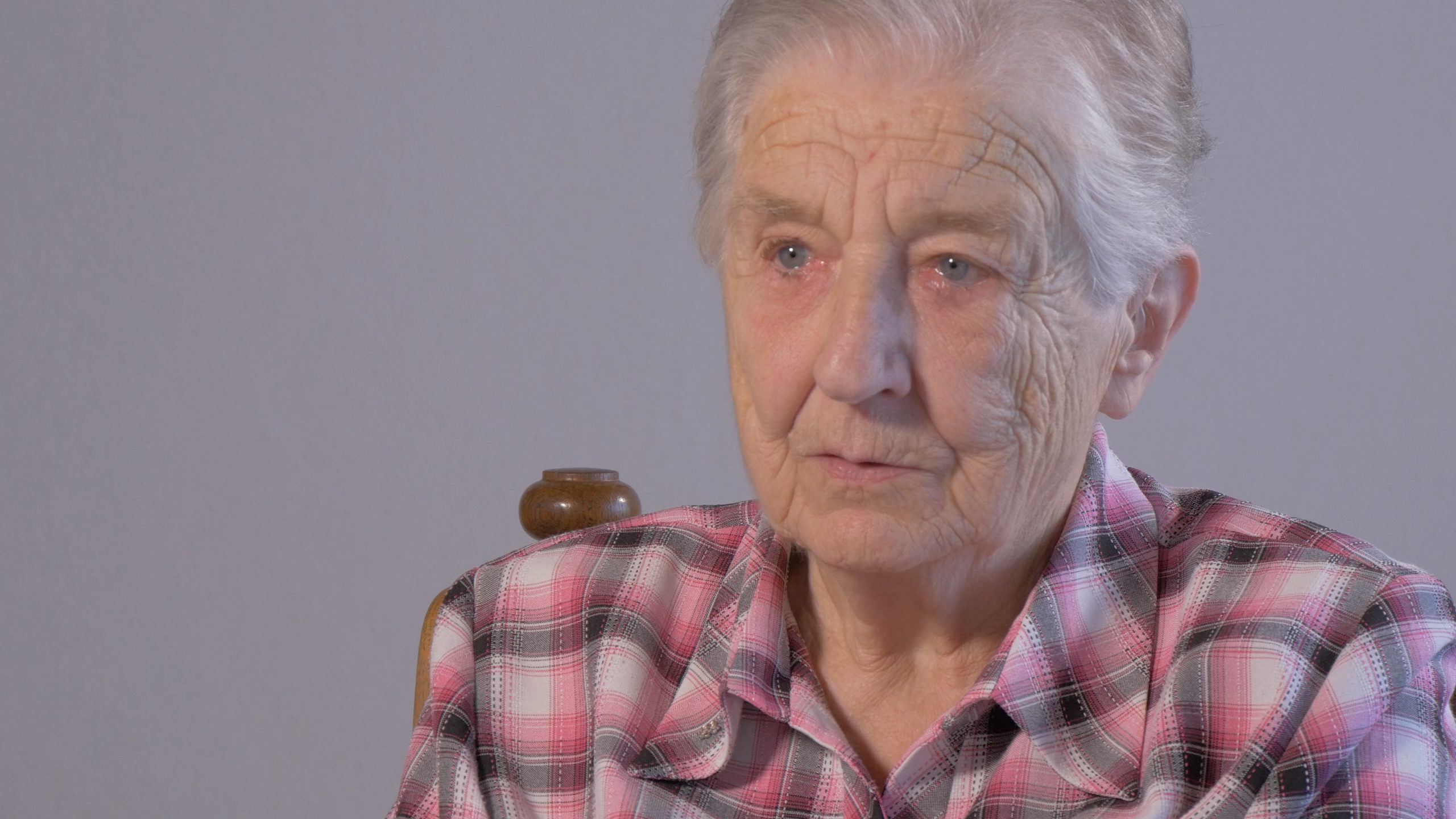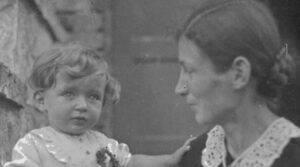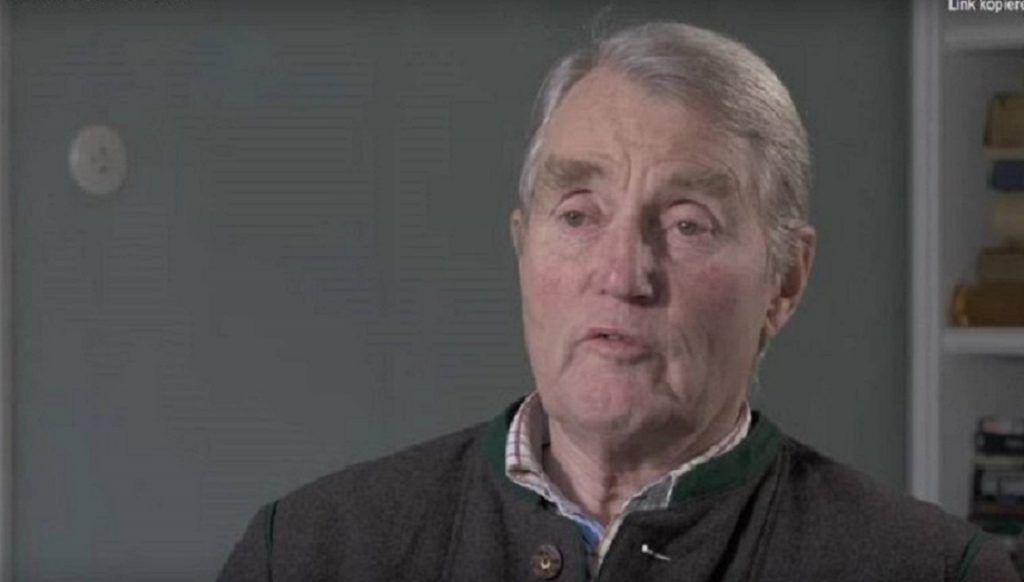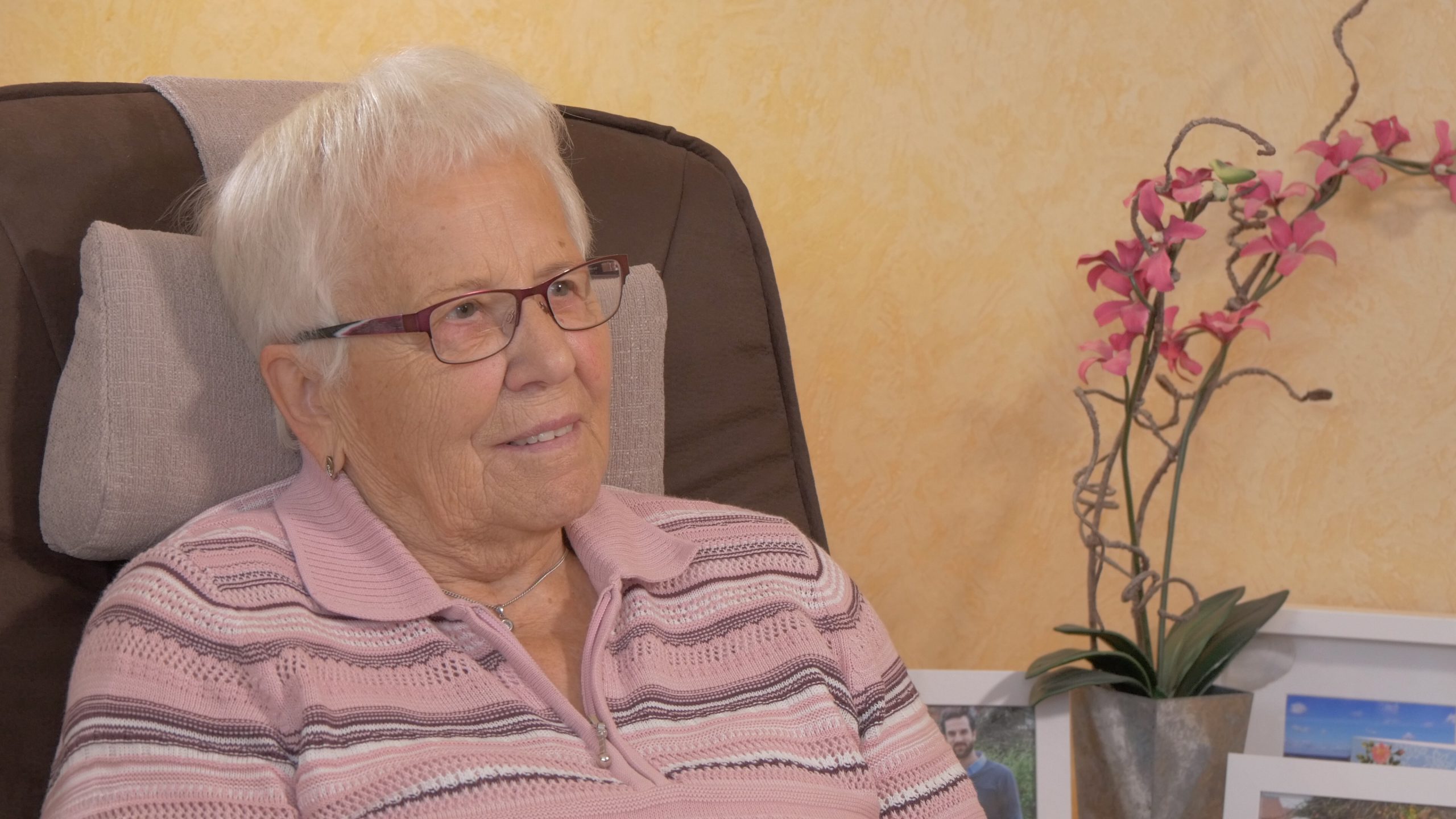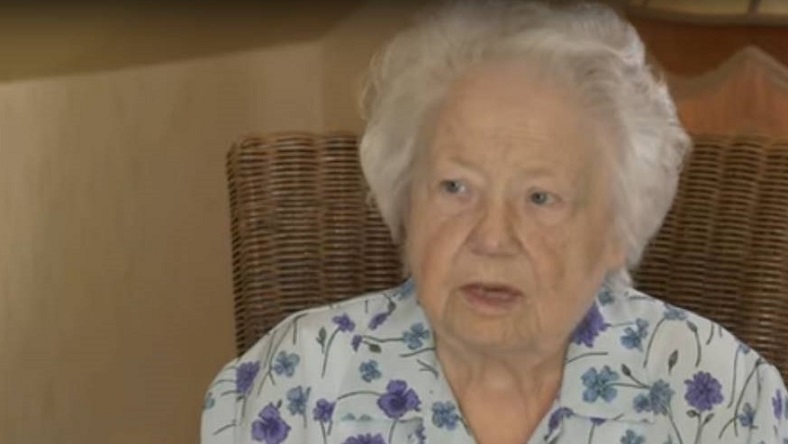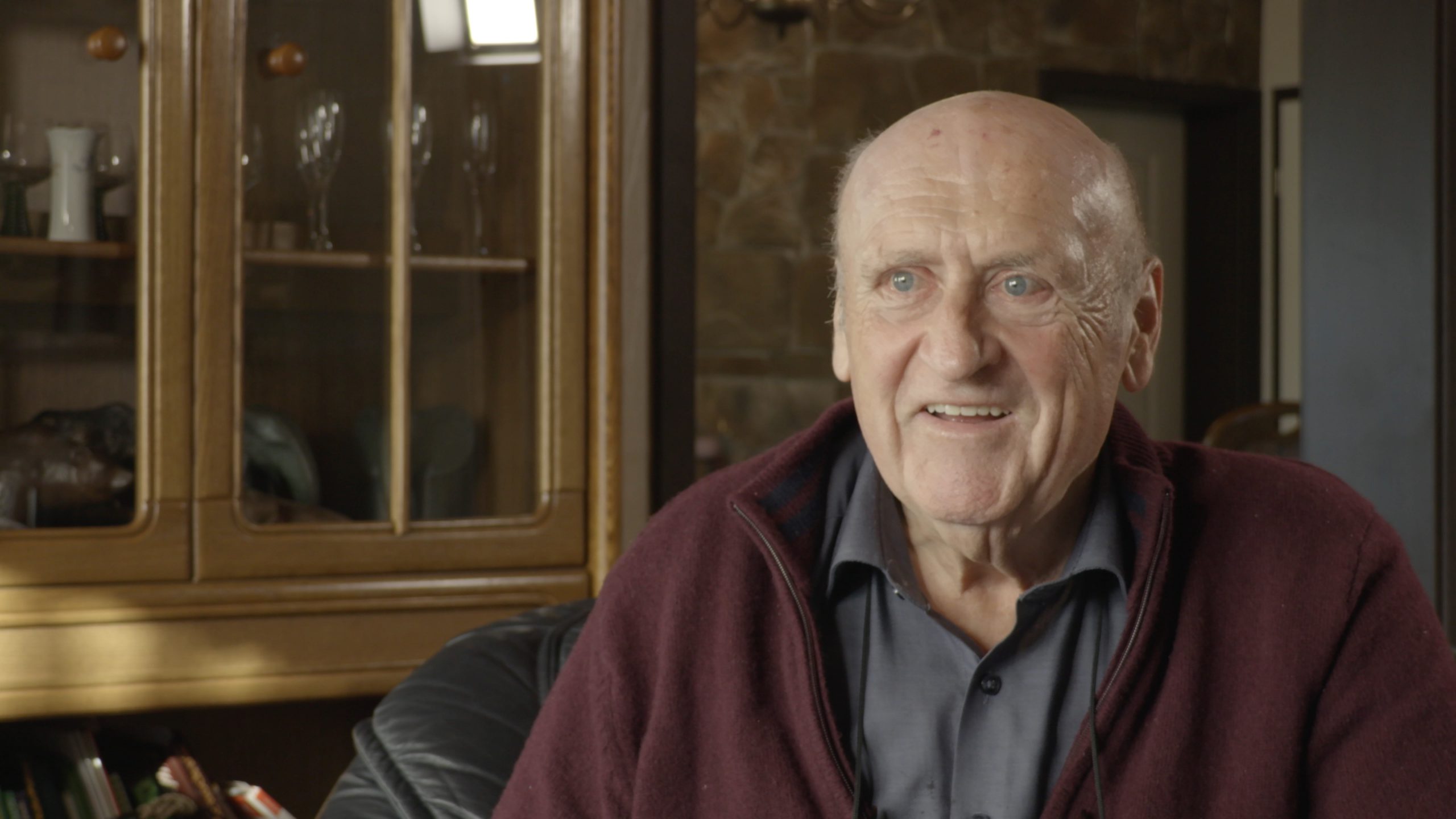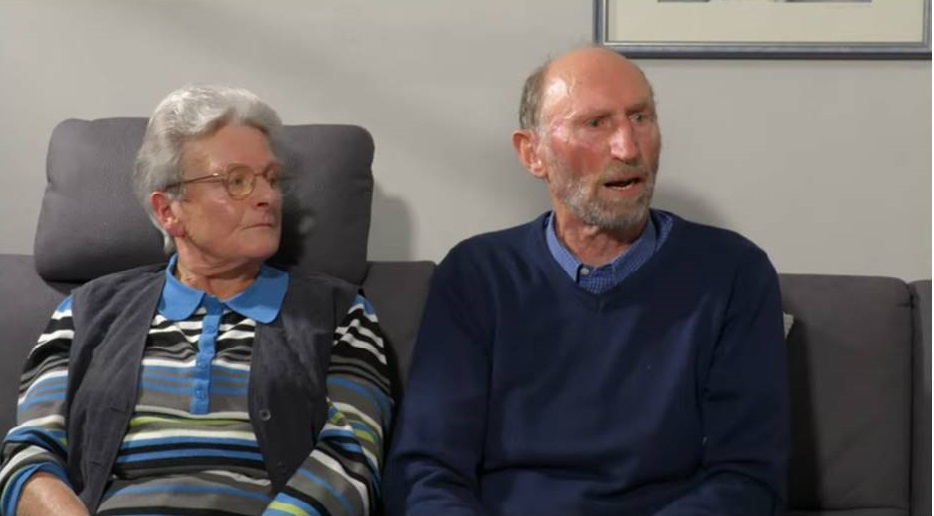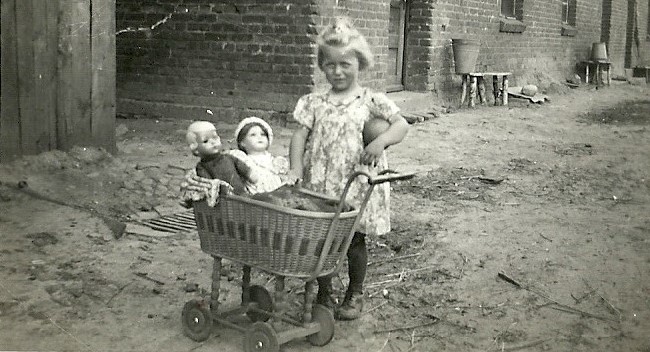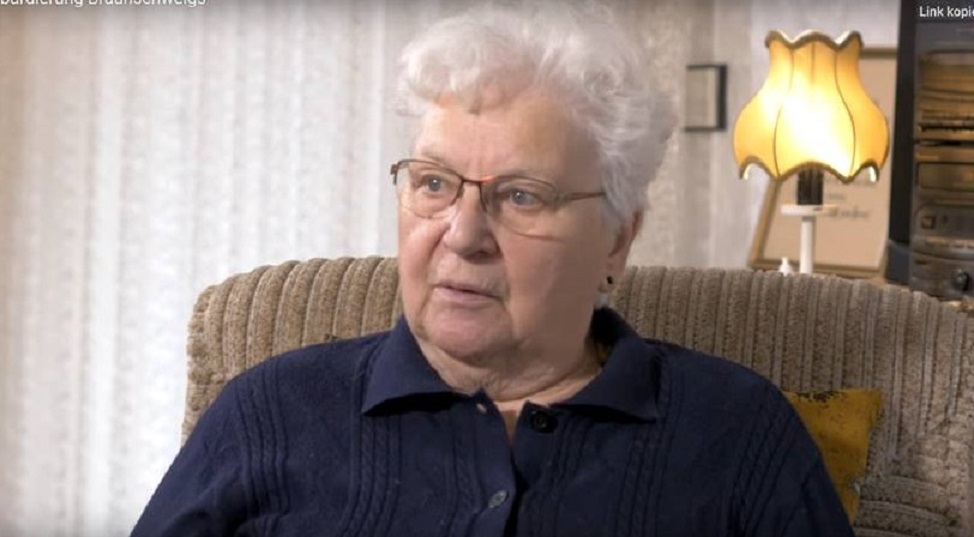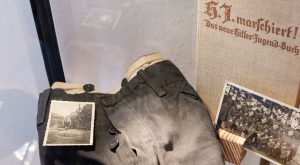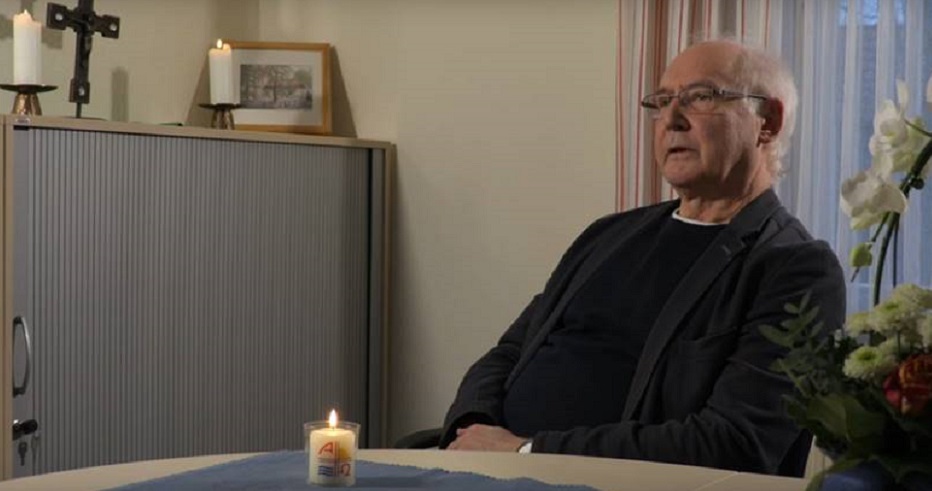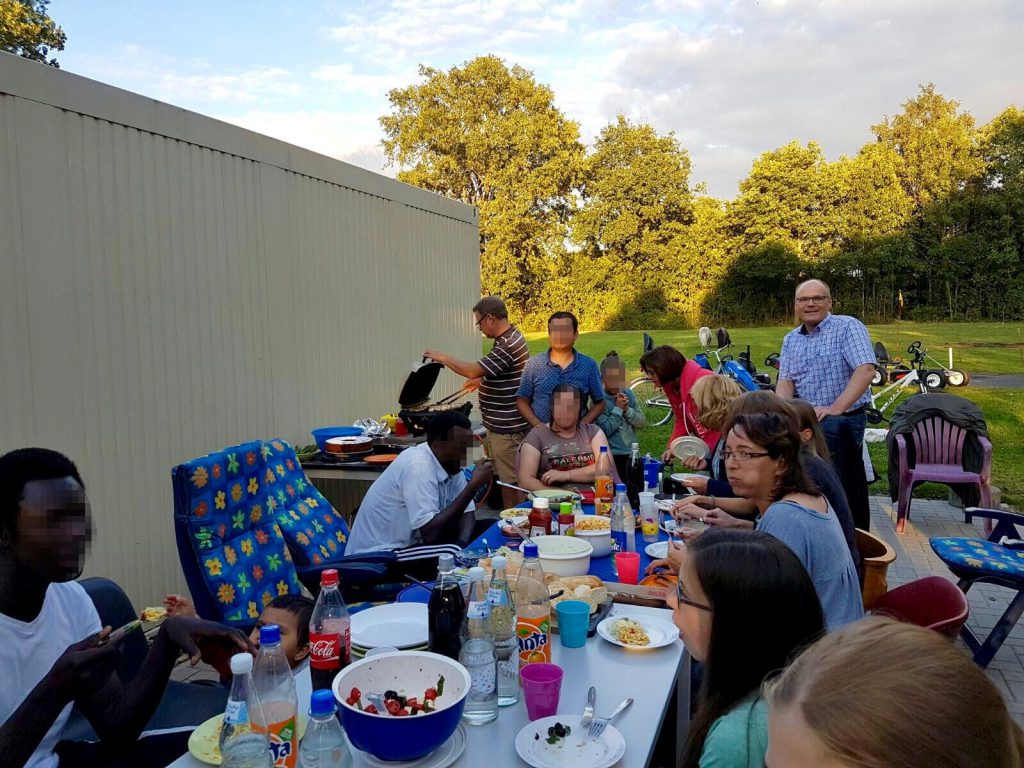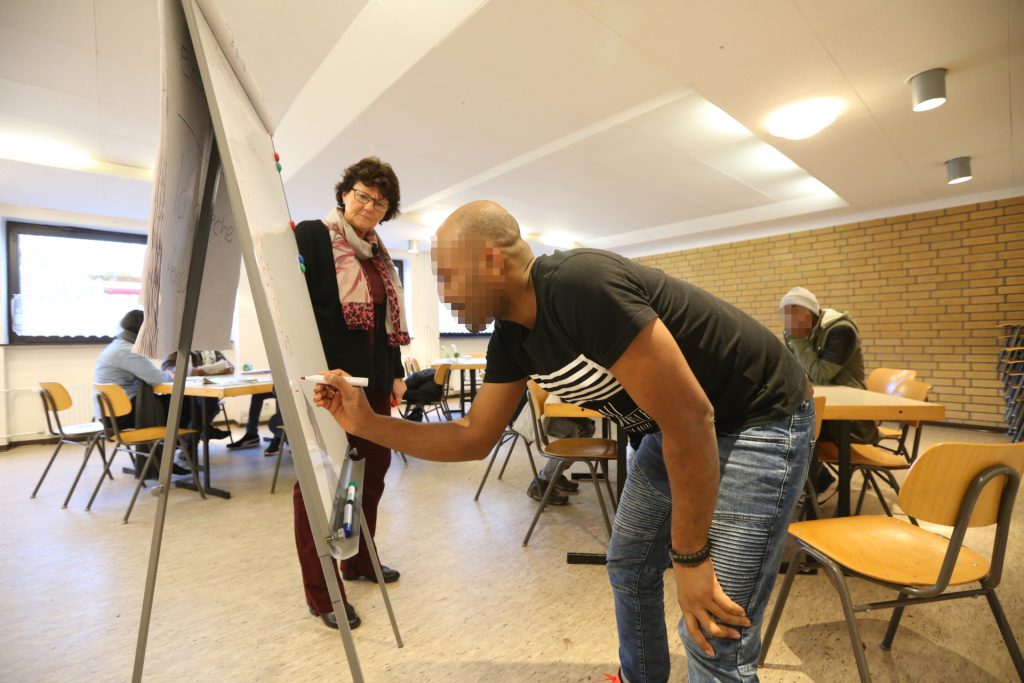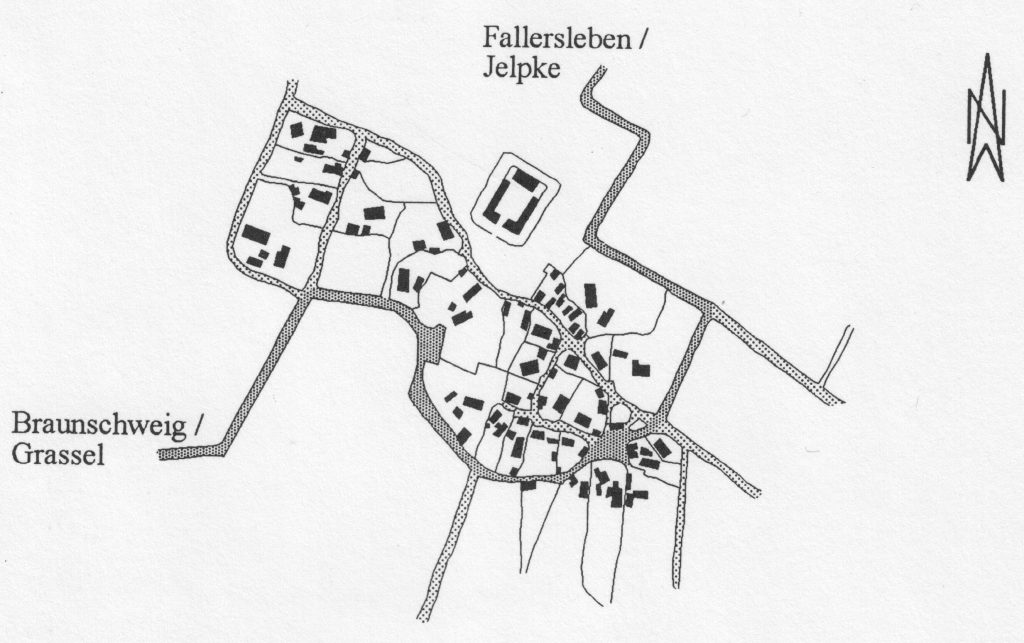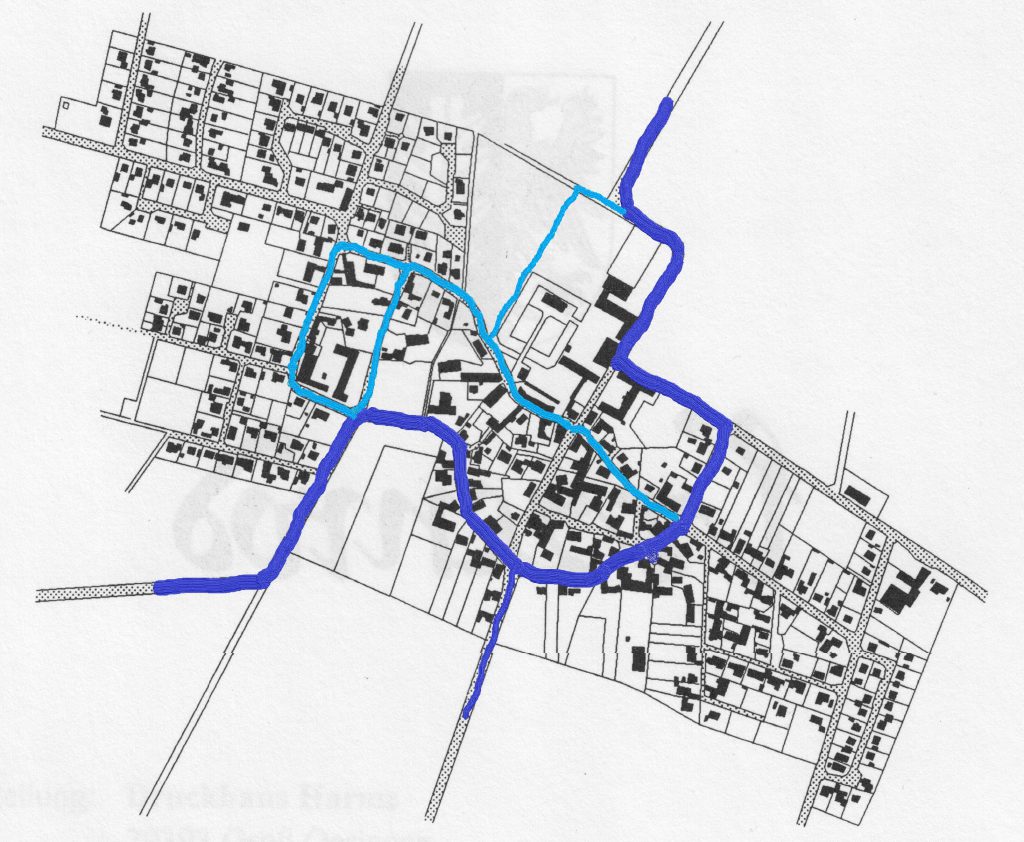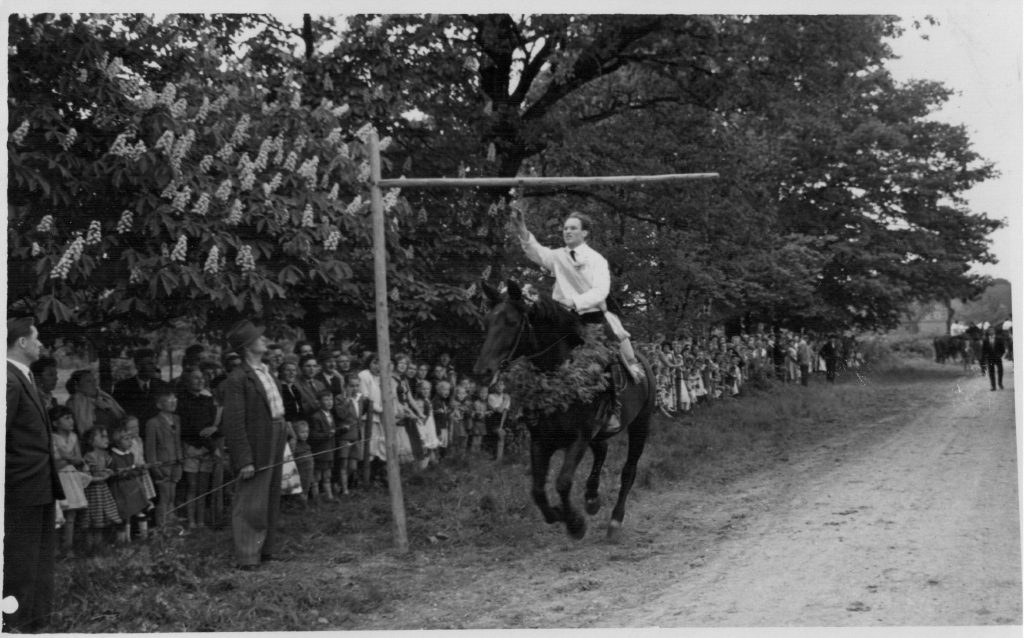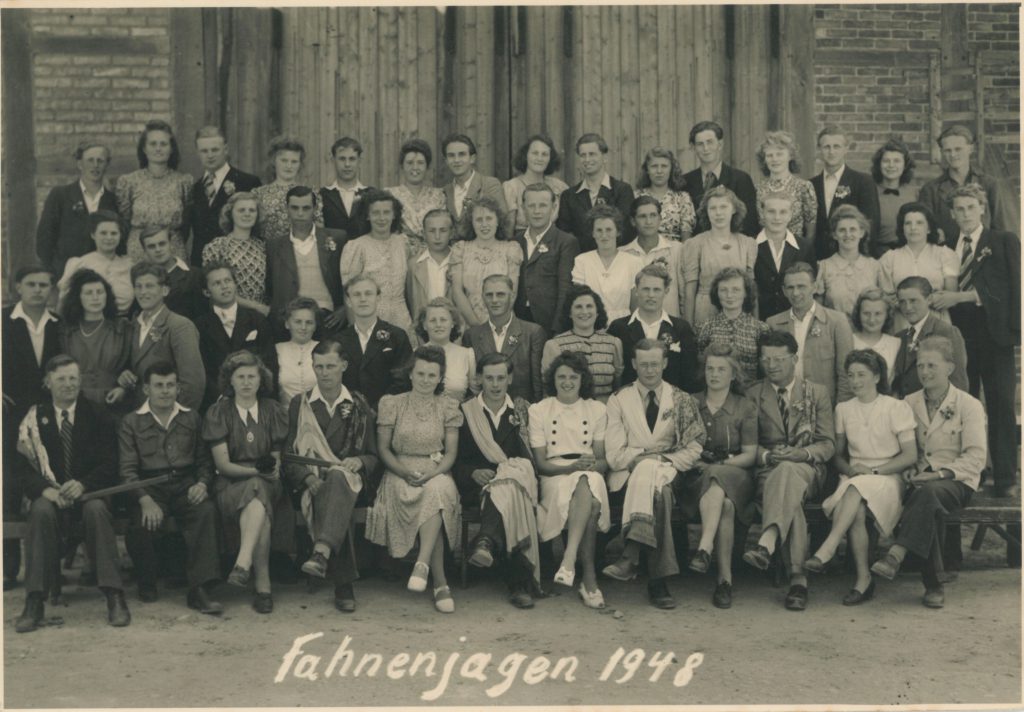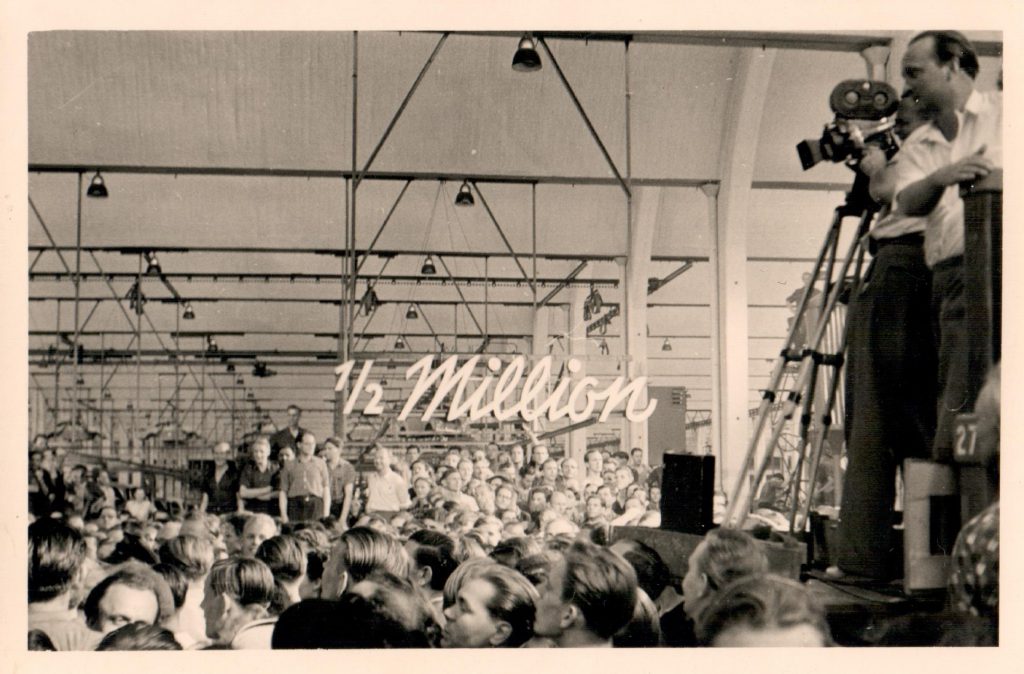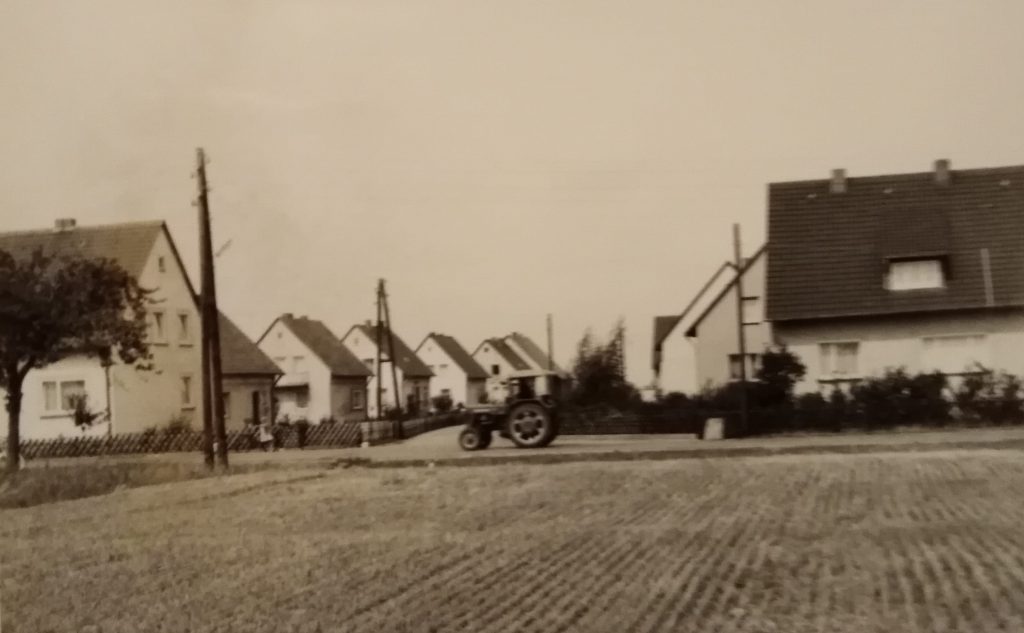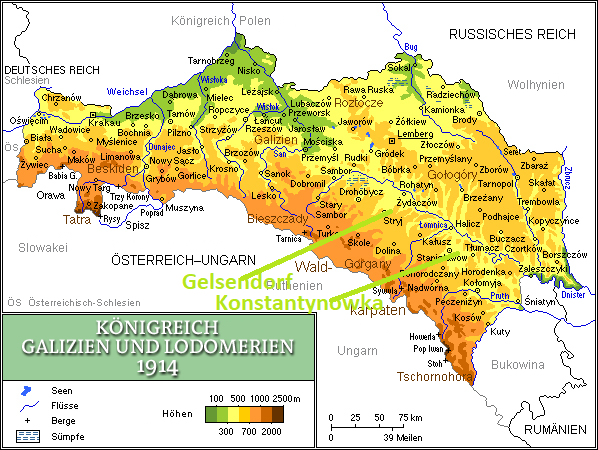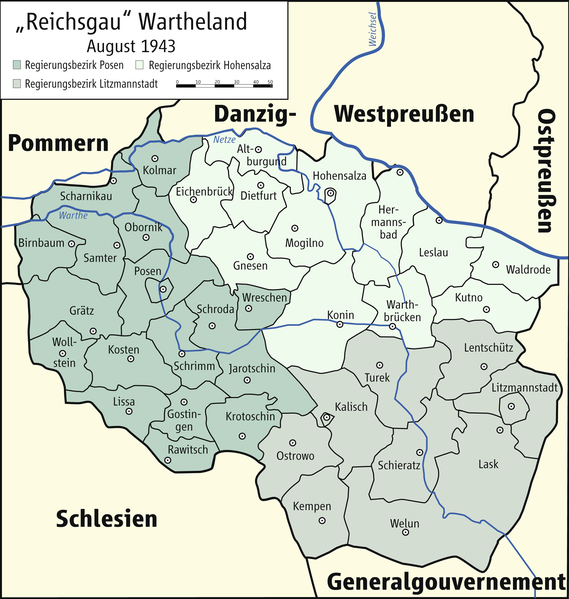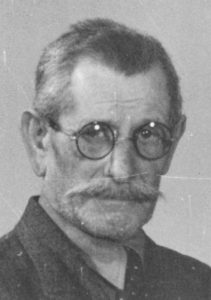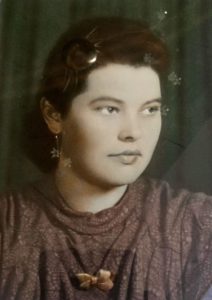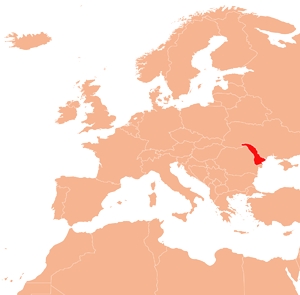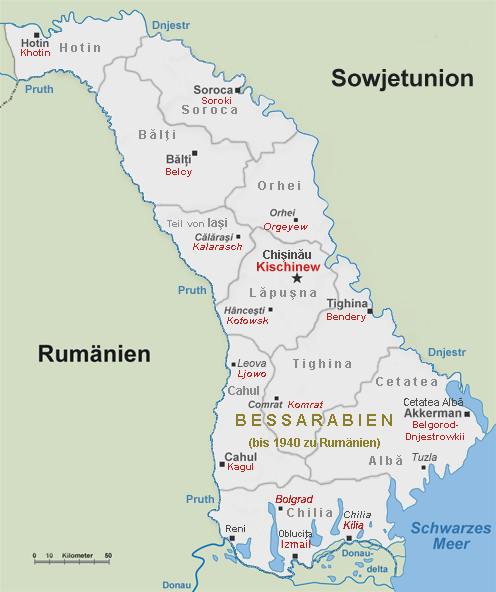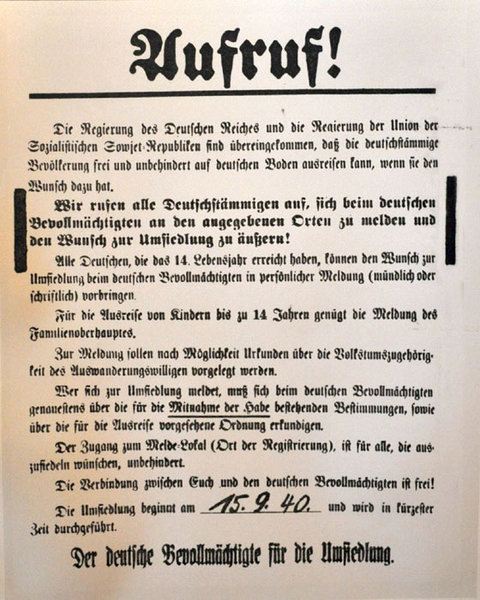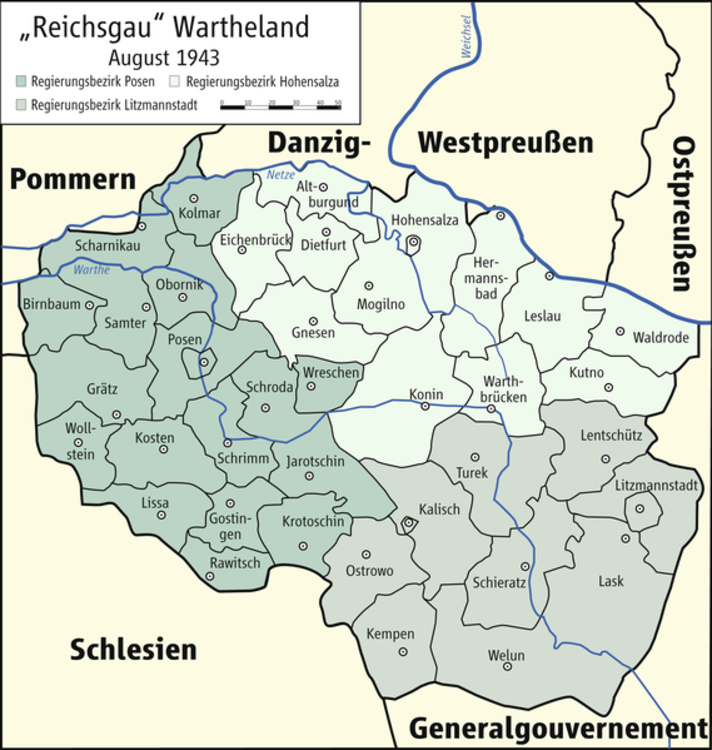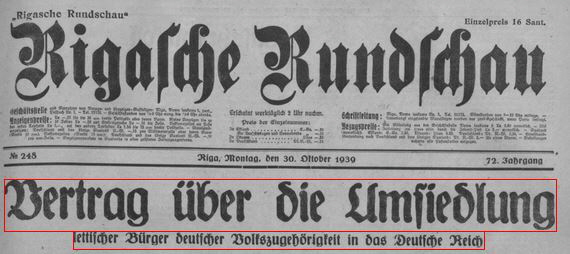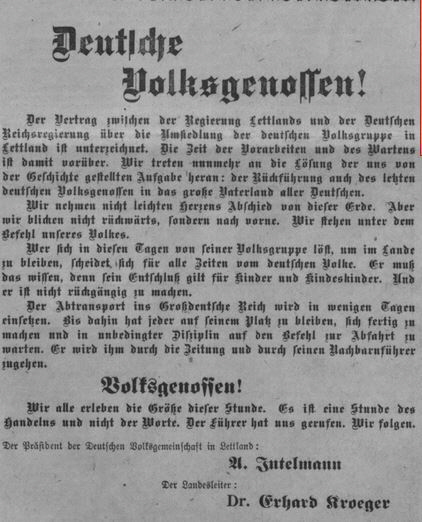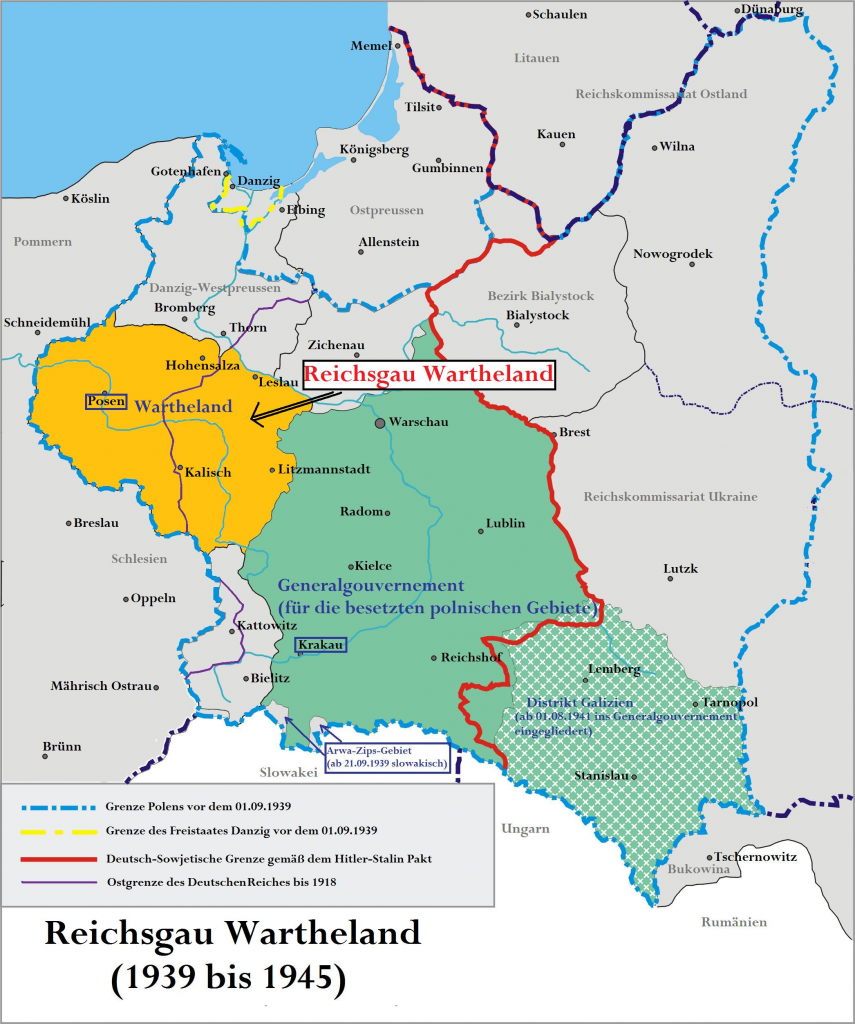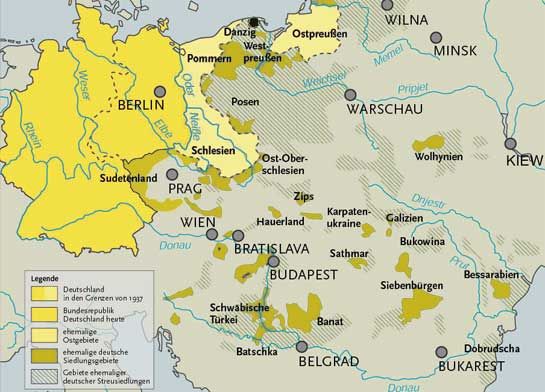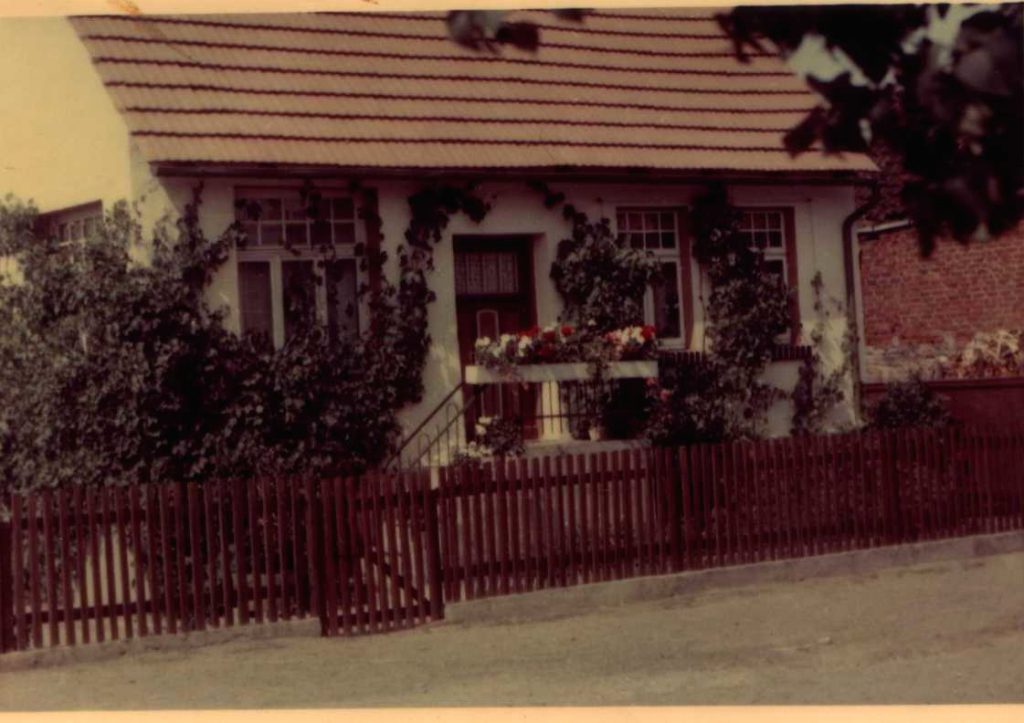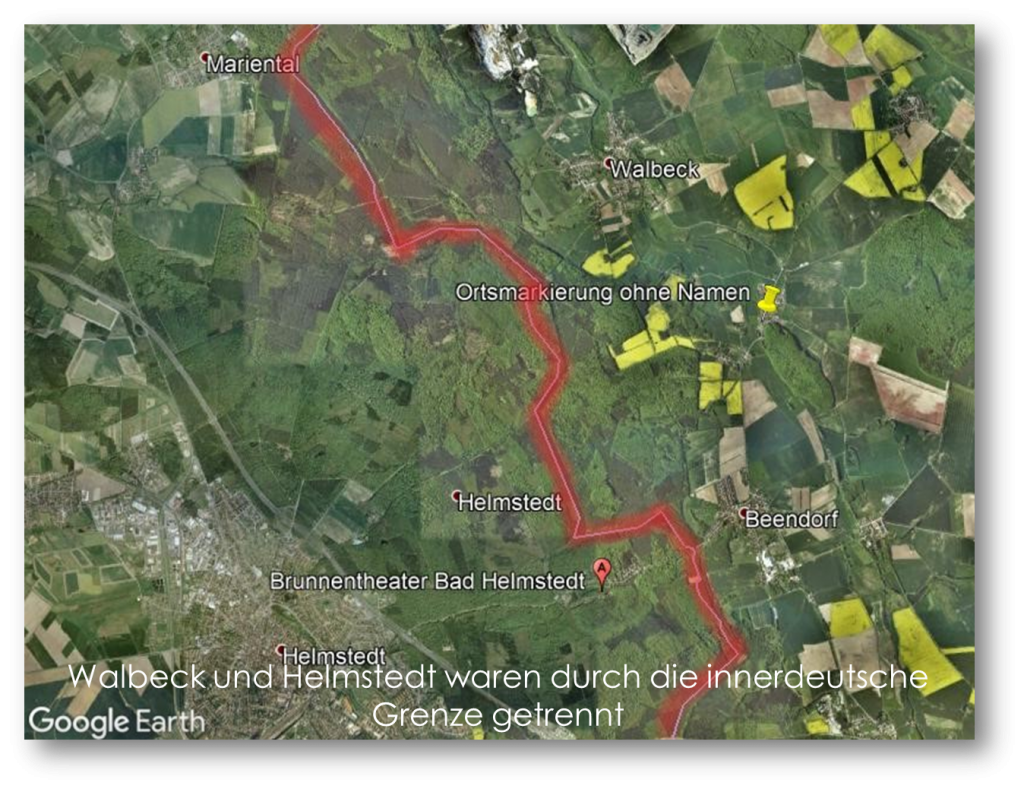NEWS
A NEW FILM IS BEING SHOT!
Your generosity allows us to finance part of the production costs.
Thank you very much for this!
“The Power Of Memory” – film project on the transgenerational transmission of trauma
The film explores the question of how the trauma experienced by parents and grandparents continues to affect subsequent generations as transgenerational trauma and how subsequent generations can succeed in freeing themselves from it in order to make their own decisions and live a self-determined life.
The documentary film “The Power Of Memory” is the sequel to the documentary film “REFUGE-CONFIDENCE-FUTURE | 12 war children remember”.
NEWS
in November 2023
Movie evening
The parish ST. Thomas in Wolfenbüttel invites you to a film evening:
Friday, 17 November 2023
Start: 6:30 pm
Location: St. Thomas Wolfenbüttel, Jahnstraße 1, 38302 Wolfenbüttel.
Afterwards there will be an opportunity to talk with the filmmakers.
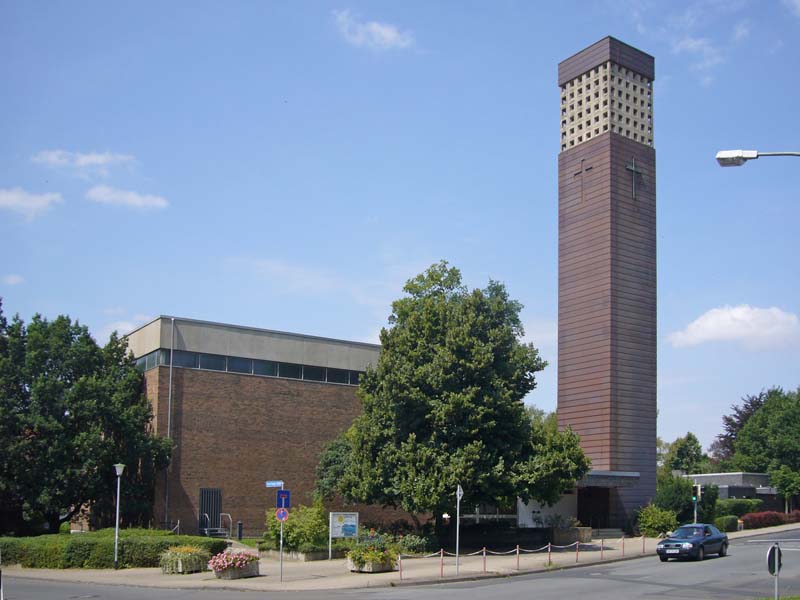
NEWS
in July 2023
NDR Television
In a short report, the NDR television reported on July 9, 2023 in the program HALLO NIEDERSACHSEN about the project in Essenrode. To the broadcast “Essenrode: The village of the displaced persons” click here.
NEWS
in June 2023
Polish subtitles
The film ZUKUNFT – ZUFLUCHT – ZUVERSICHT (REFUGE-CONFIDENCE-FUTURE) is now available with Polish subtitles in addition to English and German subtitles.
to the film
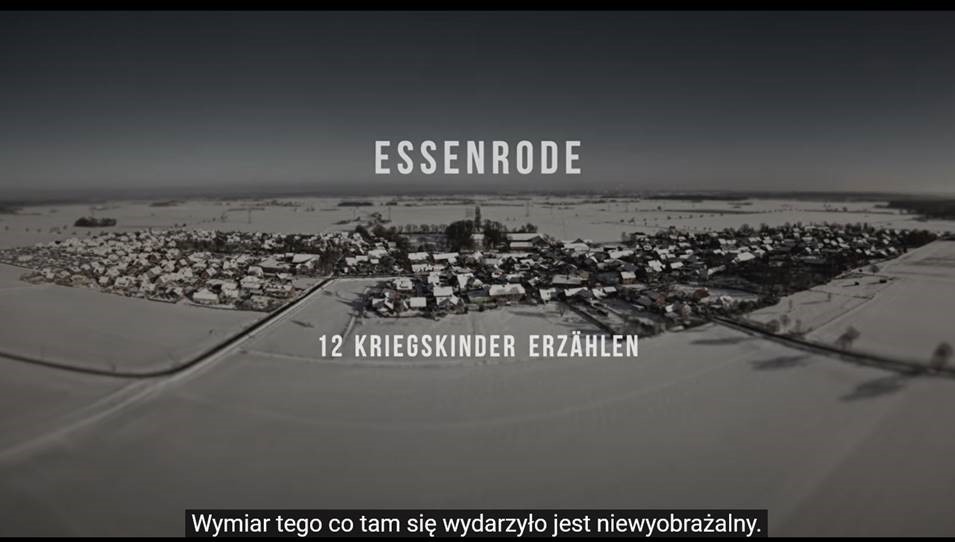
NEWS
in April 2023
Movie afternoon
St.Thomaehof senior citizens' nursing home
The film ZUFLUCHT-ZUVERSICHT-ZUKUNFT (REFUGE-CONFIDENCE-FUTURE) was shown for the first time in a senior citizens’ nursing home in Braunschweig, at the invitation of St. Thomaehof. The event was organized by Tamara Schwab, a geriatric nurse at the home, after she learned that one of the people featured in the film now lived there. Over 30 people attended the screening, and many participated in a discussion afterwards. There was great interest in sharing experiences among the senior citizens, as all of them had lived through war, flight, or expulsion. Some had even experienced the bombing of Braunschweig as children. Some attendees were accompanied by their adult children, who learned new things about their parents’ experiences.
photos ©: Thomas Knüppel
NEWS
in April 2023
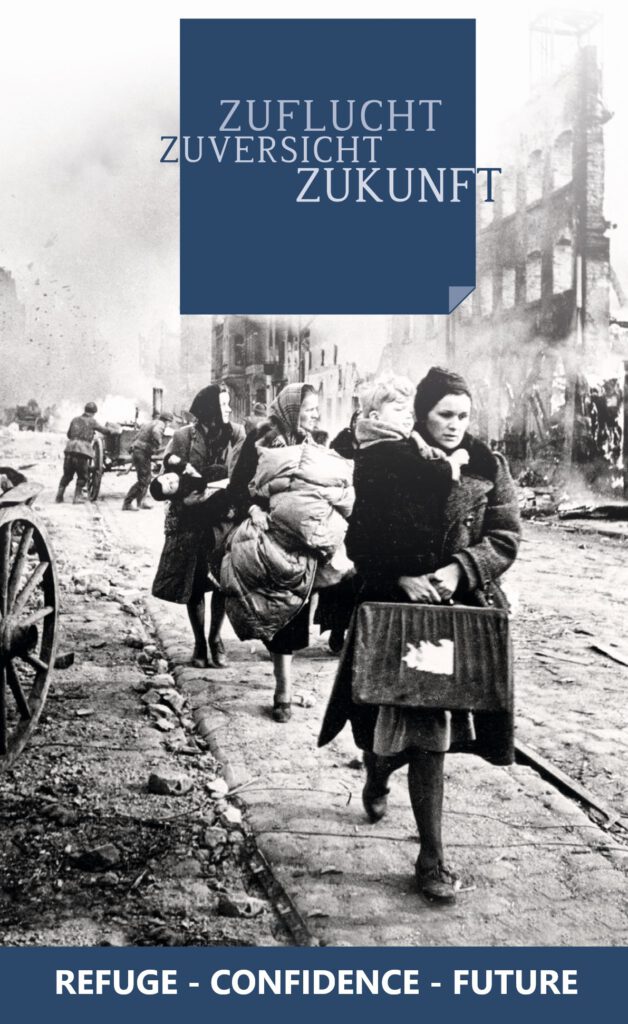
POCKET PROJECT
Online Call
For German Speaking Audience
on Monday, April 3, 2023 20.00-21.30 Berlin time
You can watch the film in German here: REFUGE – CONFIDENCE – FUTURE
We also invite participants in advance to research their own family history and share the points of departure and arrival of their own/their ancestors’ flight, so that the escape routes can be made visible for all of us to see on the call.
NEWS
in October 2022
Berlin’s
Documentation Centre
will show our film
REFUGE - CONFIDENCE - FUTURE
ESSENRODE – 12 WAR CHILDREN REMEMBER
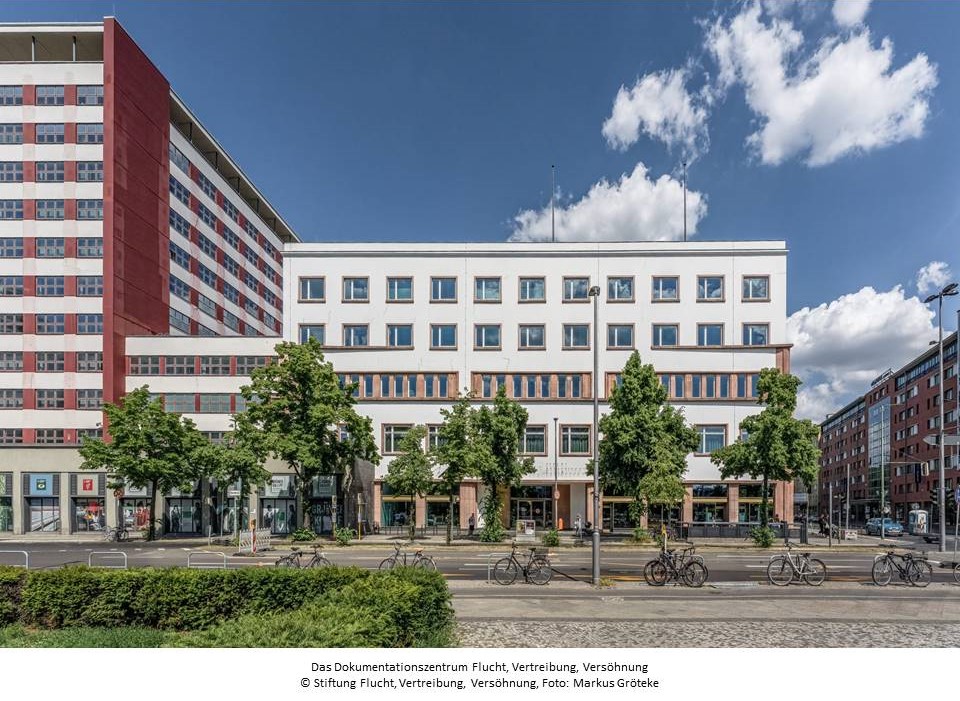
SAVE THE DATE
January 12, 2023
Evening Event:
Thursday, January 12, 2023 | 19 – 21 CET / Berlin
Documentation Centre for Displacement, Expulsion, Reconciliation
Stresemannstraße 90, 10963 Berlin
We are very much looking forward to January 12, 2023!
In an evening event, Berlin’s Documentation Centre for Displacement, Expulsion, Reconciliation will show our film “ZUFLUCHT-ZUVERSICHT-ZUKUNFT”.

The screening will be followed by a panel discussion. Dr. Nils Köhler, head of Documentation & Research for the Centre, will moderate the discussion with us – Roland Remus and Prof. Dr.-Ing. Sabine C. Langer (project initiators and editors) and Thomas Knüppel (the filmmaker).
In view of the unclear pandemic situation, the event will be livestreamed beyond the hall.
On the same day, we will also hand our project “ZUFLUCHT-ZUVERSICHT-ZUKUNFT” to the Documentation Centre for Displacement, Expulsion, Reconciliation. The Centre was opened in 2021 by then Chancellor Angela Merkel. In talks with Dr. Köhler, we agreed that the entire project will be held by the Documentation Centre. The project, including the researched stories of flight and expulsion, will thus be preserved in the Documentation Centre and be given an appropriate place in collective. Future generations will have access to the project results, which will also be available for scientific research. We are very happy about this!
NEWS
in February 2022
BRAUNSCHWEIG: Continuation of talks
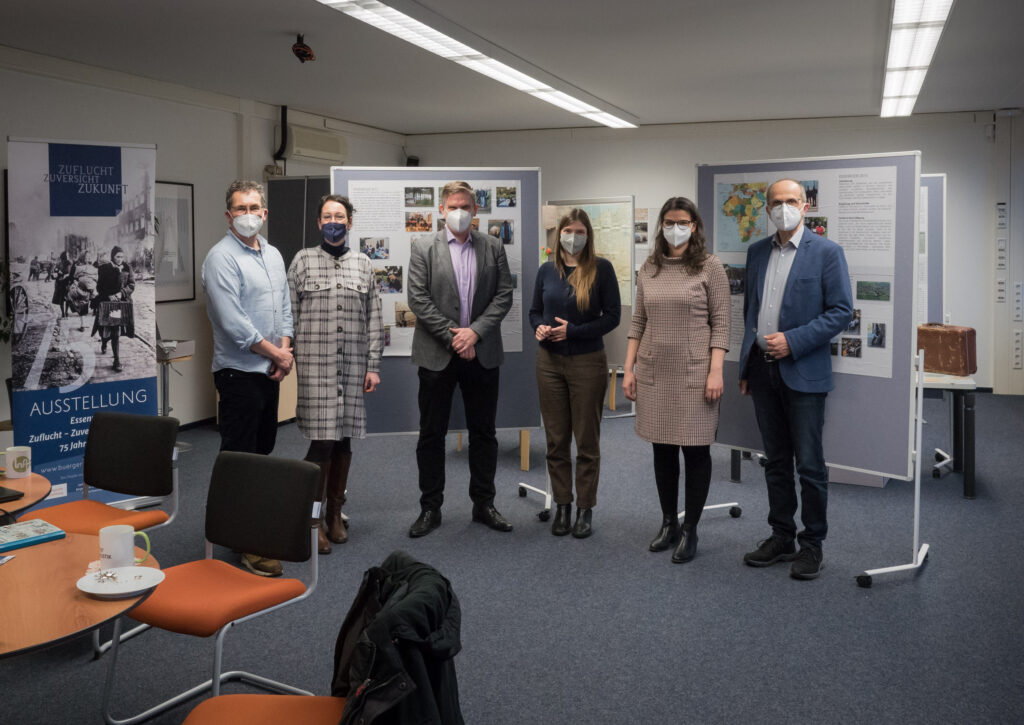
From left: Thomas Knüppel, Anke Heverhagen, Dr. Nils Köhler, Lisa Quade, Dr.-Ing. Sabine C. Langer, Roland Remus; Photo: Thomas Knüppel
On Nov. 5 of last year, the project team had handed over the documentary ZUFLUCHT-ZUVERSICHT-ZUKUNFT to Dr. Nils Köhler (Division Director Documentation & Research) at the Berlin Documentation Center for Displacement, Expulsion and Reconciliation. On the occasion of this handover, possibilities were also discussed as to how the project results could find a place in the Documentation Center.
On Jan. 31, 2022, these possibilities were now further substantiated during a visit of Dr. Köhler and Lisa Quade (both oft the Documentation Center) in Braunschweig. In a short presentation, the Braunschweig project team began by giving its guests an overview of the project from its beginning in 2017 to the present day. During a subsequent guided tour through the set-up exhibition, Ms. Quade and Dr. Köhler were able to get an on-site impression of the scope of the exhibition and the available exhibits. Both were impressed by the project and agreed to take over the entire project into the archive of the Documentation Center.
The Braunschweig project team is very pleased with this decision, as the researched stories of displacement and expulsion can thus be given an appropriate place in the collective memory and preserved at the Berlin Documentation Center. In this way, the project results will also be made accessible to future generations and to scientific research.
To the Documentation Center
NEWS
in November 2021
BERLIN: Handover of the documentary film ZUFLUCHT-ZUVERSICHT-ZUKUNFT
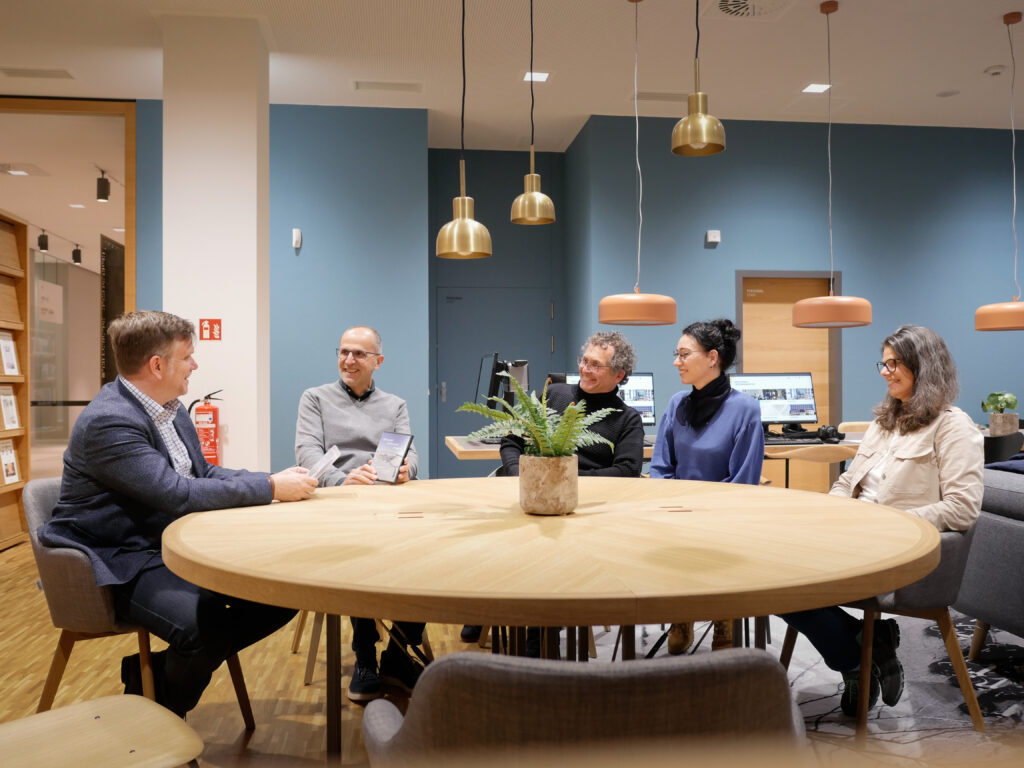
From left: Dr. Nils Köhler, Roland Remus, Thomas Knüppel, Anke Heverhagen, Dr.-Ing. Sabine C. Langer; Photo: Thomas Knüppel
On November 5, 2021, the team behind the documentary, ZUFLUCHT-ZUVERSICHT-ZUKUNFT, traveled to Berlin to visit the Documentation Center Flight, Expulsion, Reconciliation. Thomas Knüppel (filmmaker), Anke Heverhagen (production assistance), Dr.-Ing. Sabine C. Langer (project idea & editing) and Roland Remus (project idea & editing) met with Dr. Nils Köhler, the head of the Documentation & Research department.
In atmosphere of appreciation, the group exchanged ideas about the Documentation Center as a place of learning and remembrance, and how the team’s documentary fit closely with the Center’s role. The group considered how the film, as well as the influence and effect of the film, might fold into the Center’s work. Both sides agreed to stay in contact with each other.
Afterwards, the project team handed over the film to Dr. Nils Köhler. This was a special and emotional moment for the team, especially since the film and thus the experiences of the contemporary witnesses have found a place at the central memorial in Germany for flight, expulsion and resettlement.
To the Documentation Center
NEWS
in August and September 2021
Impressions from the reopening of the exhibition
photo: Thomas Knüppel
Exhibition
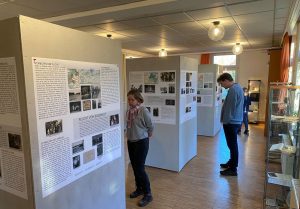
REOPENING Aug. 28 – Sept. 5, 2021
Photos, videos and exhibits document the experiences of expulsion and flight of the women and men who came to make their home in Essenrode.
Movie night

MOVIE NIGHT in ESSENRODE Sept. 3, 2021
The Bürgerverein Essenrode e.V. will show the documentary, ZUFLUCHT – ZUVERSICHT – ZUKUNFT, in the riding hall on the Essenrode estate.
VILLAGE TOUR
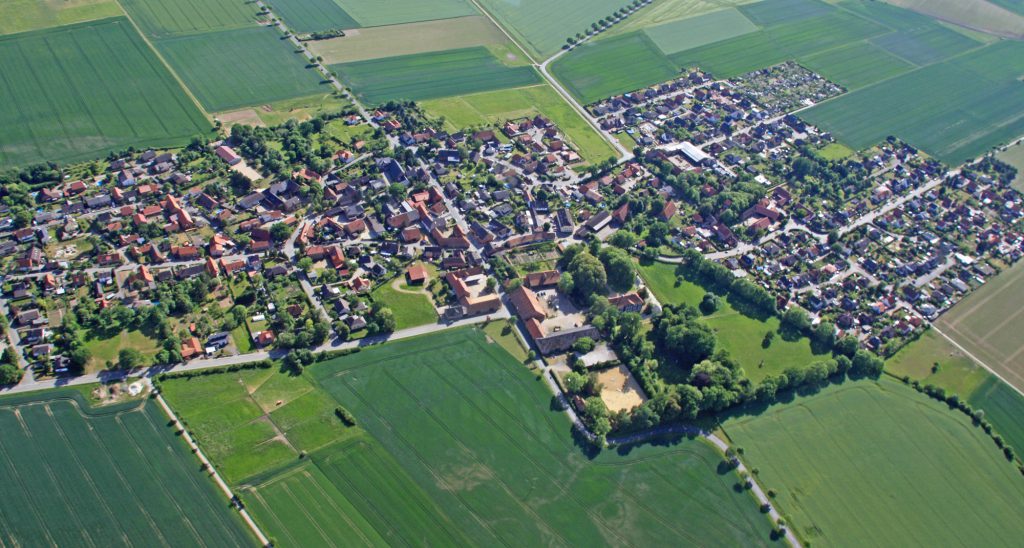
VILLAGE TOUR WITH CONTEMPORARY WITNESSES Sept. 4, 2021
Contemporary witnesses take us to the places that were significant for the arriving refugees, describing the perspectives of those arriving and those receiving them.
DOCUMENTARY FILM
DOCUMENTARY FILM
Drawing from twelve individual interviews, Filmmaker Thomas Knüppel has created the sensitive and touching documentary film ZUFLUCHT–ZUVERSICHT–ZUKUNFT.
Event flyer
All info and dates for the events can be found in this flyer as pdf. download.

